Introduction
The Stories We Tell About Mermaids and Other Water Spirits
The loveliest maiden is sitting
High-throned in yon blue air,
Her golden jewels are shining,
She combs her golden hair;
She combs with a comb that is golden,
And sings a weird refrain
That steeps in a deadly enchantment
The listners ravished brain...
These stanzas of Heinrich Heines poem Die Lore-Ley (1823), rendered here in Mark Twains translation, The Lorelei, encapsulate some of the most salient and lasting features of the mermaid as a beautiful and dangerous being who attracts men to their watery deaths. Evoking popular Western iconography, Lorelei, bejeweled and combing her golden hair with her golden comb, appears to sailors and sings them a tune, the sweetness of which is irresistible and fatally entrances them. By the end, Loreleis grewsome work is done, and the water has engulfed sailor and bark.
Historically, Loreleis tale emerged in the early nineteenth century as a local legend and cautionary tale connected with the dangerous waters and the echo heard in the vicinity of the tall cliff Loreley along the river Rhine in Germany. In a version that predates Heines, the beautiful maiden, betrayed by her loved one and accused of witchcraft, throws herself down from the cliff into the mirrorlike waters of the Rhine, where the echo of her name continues to be heard. in which she becomes emblematic of a widespread trope of femininity: a mermaid of alluring beauty who uses her sirenlike song to draw men to her and to water.
Mermaids: What and who are they? What do they look like? How are they different from sirens? How are they related to other water beings around the world? What are the cultural, religious, and popular beliefs that sustain specific plots of human-merfolk encounters? Why do we continue to tell stories about eerie mermaids and other water spirits in the twenty-first century?
The Penguin Book of Mermaids does not pretend to provide a definitive answer to any of these questions, but its more than sixty tales from a wide range of cultures and time periods illuminate our fascination with mermaids today. Our choices aim to broaden readers knowledge of European mermaids; to encourage considering todays popular-culture mermaid in relation to her merfolk kin in belief tales across the globe, past and present; and to foster appreciation of the cultural significance of the tales, since mermaids and other water spirits raise issues of gender, voice, and sexuality, as well as knowledge, ecology, and spiritualityespecially but not only in Indigenous contexts. Our interest, in other words, is to provide an opportunity to enjoy and reflect on the diversity across place and time of human experiences with the mysterious, nonhuman, aquatic other.
The tales in The Penguin Book of Mermaids are of folkloric or literary provenance, and our short introductions help to situate them historically and culturally, as well as to underscore that those circulating in oral tradition are not necessarily confined to the past. The multiplicity of languages in which mermaid and other water-spirit narratives are found and the variety of modes in which they are experienced present a huge challenge for a print anthology in the English language. It goes without saying that such a collection cannot represent all cultures or do justice to the nuances of the innumerable stories, so we have chosen to take on the challenge in ways that expand our expectations of what mermaids are and what they mean across languages and cultures. Notably, twenty tales appear here for the first time in Englishtranslated from Estonian, Greek, Hawaiian, Ilocano, Italian, Japanese, Khasi, Persian, and Spanish. Furthermore, since mermaid tales are often repurposed for specific audiences and contexts, we have included two contemporary literary adaptations of The Little Mermaid, one from Japan and one from the United States.
Their Bodies, Our Anxieties
There is something deeply unsettling about a being whose form merges the human with the nonhuman. Whether they dwell in fresh or salt water, aquatic humanoids raise questions about what it is to be human and what lies beyond a human-centered world. Physically, they are both like and unlike us. They eat, sleep, and breathe in a realm that we can access only temporarily, but they can live among us, as they are often able to shed the nonhuman portion of their bodies and infiltrate the human world. And the shores and banks where we come across them, like the vessels on which we cross their waters, are thresholds between our world and theirs. We humans do not deal well with betwixt and betweenliminality makes us anxious. We prefer our world organized into well-ordered and sharply defined categories, and we prefer to be in charge of it. Nonetheless, we are strangely drawn to the other who is in part a mirror image of us and appears within reach, even if mentally ungraspable.



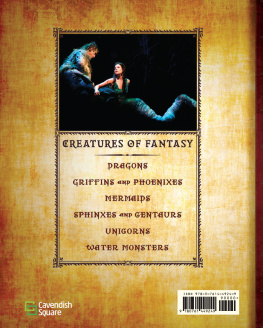

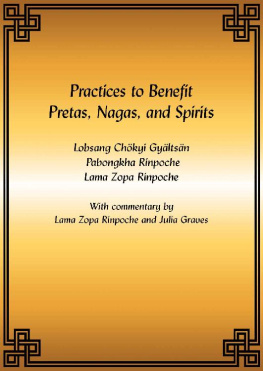

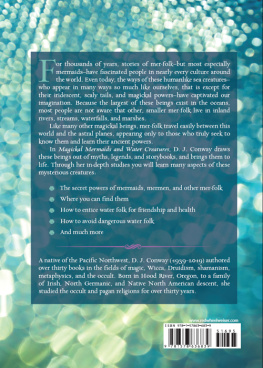
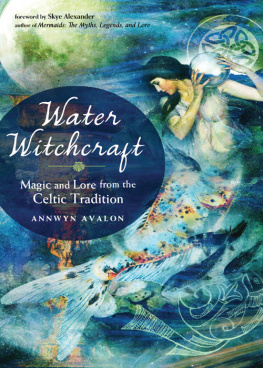

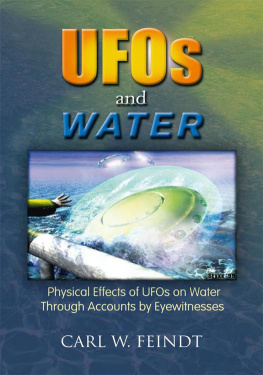

 CLASSICS
CLASSICS